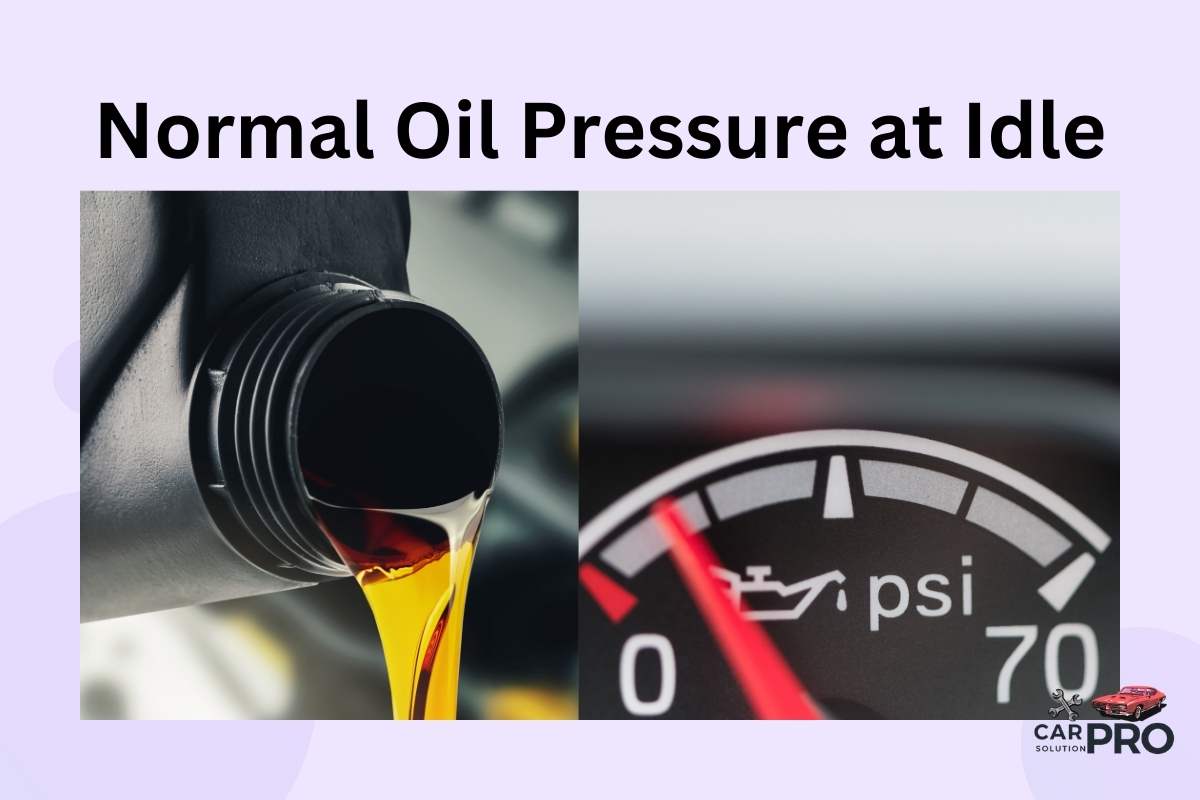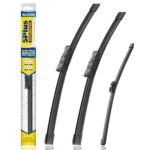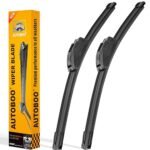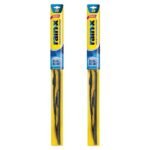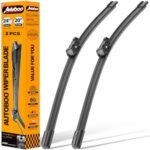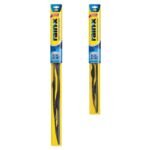Oil pressure is a key indicator of your engine’s health. It tells you how well the oil is flowing through your engine’s parts. When your car is idling, the oil pressure should be at a certain level to keep everything running smoothly.
Normal oil pressure at idle is typically between 20 to 30 psi for most cars. This range can vary depending on the make and model of your vehicle. Some cars might have a lower normal range, while others might have a higher one. It’s important to check your car’s manual to know what’s normal for your specific vehicle.
Keeping an eye on your oil pressure gauge can help you spot potential problems early. If the pressure is too low or too high at idle, it could mean there’s an issue with your engine. Regular oil changes and maintenance can help keep your oil pressure at the right level and your engine running well.
Key Takeaways
- Oil pressure at idle should typically be between 20 to 30 psi for most vehicles
- Regular checks of oil pressure can help identify potential engine problems early
- Proper maintenance and oil changes are crucial for maintaining optimal oil pressure
Understanding Oil Pressure in Engines
Oil pressure plays a key role in keeping engines running smoothly. It ensures proper lubrication and prevents wear on moving parts. Let’s look at the basics of oil pressure and what affects it.
Basics of Oil Pressure
Oil pressure is the force that pushes oil through an engine. It’s measured in pounds per square inch (PSI). Normal oil pressure varies by vehicle, but most cars have 20-30 PSI at idle.
The oil pump creates this pressure. It moves oil from the pan through small passages in the engine. Higher pressure means oil reaches all parts faster.
A pressure gauge or warning light shows oil pressure on the dashboard. This helps drivers spot issues early. Low pressure can lead to engine damage if not fixed quickly.
Factors Affecting Oil Pressure
Several things can change oil pressure in an engine:
- Oil viscosity: Thicker oil creates higher pressure
- Engine temperature: Hot oil is thinner and flows more easily
- Engine speed: Faster speeds mean higher pressure
- Oil level: Low oil leads to low pressure
Diesel engines often need higher oil pressure than gas engines. They may run at 40-60 PSI at idle.
Worn engine parts can cause low pressure. This includes bearings, pump gears, and seals. Regular oil changes help keep pressure normal.
Outside temperature also matters. Cold oil is thicker and creates higher initial pressure when starting the engine.
Normal Oil Pressure Ranges
Oil pressure ranges vary depending on the vehicle make and model. Engine temperature also plays a key role in determining normal pressure levels.
Oil Pressure in Different Vehicle Makes
Normal oil pressure at idle typically falls between 20 to 30 PSI for cars and 25-35 PSI for trucks. However, these values can differ based on specific vehicle models.
For example, the 5.3 Vortec engine has a normal idle oil pressure range of 25-70 PSI. In contrast, a Chevy 350 engine may show around 10 PSI at idle.
The LS2 engine typically displays about 30 PSI at idle. This pressure tends to increase by approximately 10 PSI for every 1,000 RPM increase.
Some vehicles may show lower pressures during low-speed driving, often ranging from 30-35 PSI. Highway driving can see pressures rise to about 40 PSI.
Impact of Engine Temperatures
Engine temperature significantly affects oil pressure readings. When an engine is cold, oil pressure tends to be higher at idle.
As the engine warms up, the oil becomes thinner and flows more easily. This causes a slight drop in pressure, usually about 5-10 PSI lower than when cold.
For instance, the 3.6 Pentastar engine may show 70-80 PSI when cold, dropping to 35-41 PSI once the oil temperature reaches 174°F.
It’s important to note that if an oil pressure sensor fails, it often reads on the high side, around 80 PSI. This emphasizes the need for regular maintenance and sensor checks.
Measuring Oil Pressure at Idle
Measuring oil pressure at idle is crucial for assessing engine health. This process requires specific tools and a step-by-step approach to ensure accurate results.
Tools and Equipment
To measure oil pressure at idle, you’ll need an oil pressure gauge. This tool comes in mechanical and digital versions. Mechanical gauges are reliable but may need manual reading. Digital gauges offer easy-to-read displays.
You’ll also need a wrench set to remove the oil pressure sending unit. Some vehicles might require an adapter to connect the gauge.
Safety gear is important. Wear gloves to protect your hands from hot engine parts and oil. Safety glasses shield your eyes from potential splashes.
Lastly, have clean rags on hand to wipe up any oil spills during the process.
Procedure for Accurate Measurement
Start by warming up the engine to normal operating temperature. This ensures the oil is at the right viscosity for accurate readings.
Locate the oil pressure sending unit. It’s usually near the oil filter. Turn off the engine and remove the sending unit using the correct wrench size.
Attach the oil pressure gauge to the port where the sending unit was. Make sure it’s securely fastened to prevent leaks.
Start the engine and let it idle. The gauge should show a reading between 20 to 30 PSI for most cars.
Record the reading after the pressure stabilizes. This typically takes about 30 seconds.
Compare your results to the manufacturer’s specifications for your vehicle model.
Signs of Abnormal Oil Pressure
Abnormal oil pressure can signal serious engine problems. Low pressure often means not enough lubrication, while high pressure can damage seals and gaskets. Knowing the signs helps catch issues early.
Symptoms of Low Oil Pressure
Low oil pressure can cause several noticeable symptoms. The oil pressure warning light may come on, indicating pressure has dropped below safe levels. Drivers may hear strange engine noises like ticking or knocking.
The engine might run roughly or stall due to inadequate lubrication. Performance issues like reduced power or acceleration can occur. In severe cases, the engine may overheat quickly.
Low pressure can lead to increased fuel consumption. The oil dipstick may show low levels if a leak is present. Smoke from the exhaust can indicate oil burning in the combustion chambers.
Detecting High Oil Pressure
High oil pressure is less common but equally concerning. The oil pressure gauge may read above normal, typically over 80 psi. Drivers might notice oil leaks around gaskets and seals due to excessive pressure.
The engine may make unusual whining or whistling noises. Oil filter damage can occur, leading to reduced filtration. In some cases, the oil pressure relief valve might stick, causing pressure buildup.
High pressure can cause the oil to foam, reducing its lubricating properties. Engine performance may suffer, with reduced power or efficiency. Oil consumption might increase as excess pressure forces oil past seals.
Maintaining Optimal Oil Pressure
Proper oil pressure is vital for engine health and longevity. Regular checks and maintenance can prevent costly repairs and ensure smooth operation.
Regular Maintenance Schedule
Change your oil and filter according to the manufacturer’s recommendations. This is usually every 3,000 to 7,500 miles or 3 to 6 months, whichever comes first.
Check oil levels frequently, at least once a month. Top up if needed, but don’t overfill.
Use the correct grade and viscosity of oil for your vehicle. Consult your owner’s manual for specifics.
Keep an eye on oil pressure gauges while driving. Normal pressure ranges from 20-30 PSI at idle for cars and 25-35 PSI for trucks.
Consider using high-quality synthetic oils. They often provide better protection and maintain pressure longer.
Troubleshooting and Solutions
If oil pressure is low, check for leaks first. Look for oil spots under your parked car or truck.
Listen for unusual engine noises. Knocking or ticking sounds can indicate low oil pressure.
Replace worn engine bearings if necessary. These can cause pressure drops as they wear out.
Clean or replace clogged oil passages. Buildup can restrict oil flow and reduce pressure.
Consider an oil pressure test if problems persist. This can help identify internal engine issues.
Replace faulty oil pressure sensors. Sometimes the sensor itself is the problem, not the actual pressure.
Frequently Asked Questions
Oil pressure at idle can vary between different engines and vehicles. The following questions address common concerns about normal oil pressure ranges and what to expect in various situations.
What is considered ideal oil pressure for a diesel engine at idle?
Diesel engines typically have higher oil pressure than gasoline engines. At idle, diesel engines should maintain oil pressure between 25-35 PSI. This range ensures proper lubrication of engine components.
How does oil pressure vary while driving as opposed to idling?
Oil pressure increases when an engine is running at higher speeds. While driving, oil pressure usually ranges from 25 to 65 PSI. This higher pressure helps protect engine parts under increased stress.
What should the oil pressure be at idle for a typical Chevy vehicle?
Chevy vehicles have specific oil pressure requirements. For a Chevy 350 engine, the normal oil pressure at idle is around 10 PSI. It’s important to check the owner’s manual for exact specifications.
At what PSI is oil pressure considered too low when a vehicle is idling?
Oil pressure below the manufacturer’s recommended range is considered too low. For most car engines, oil pressure shouldn’t drop below 20 PSI at idle. Lower pressure may indicate problems that need attention.
Is having an oil pressure of 60 PSI while idling indicative of an issue?
High oil pressure at idle can be a concern. Normal idle oil pressure is usually between 20-30 PSI for cars. An oil pressure of 60 PSI while idling may suggest a problem with the oil system.
What is the normal range for oil pressure in a Ford vehicle at idle?
Ford vehicles, like other makes, have specific oil pressure requirements. Generally, Ford engines should maintain oil pressure between 20-30 PSI at idle. Always refer to the vehicle’s manual for exact specifications.
When you purchase a product through Amazon links on carsolutionpro.com, we may earn a small commission at no extra cost to you. This helps support the site and keep our content free. As an Amazon Associate, we earn from qualifying purchases made through our links.
